Partner Status on Medical Forms: What Does it Mean?

The term "partner status" on medical forms has become increasingly relevant in modern healthcare settings, reflecting shifts in societal norms regarding relationships, families, and living arrangements. This term can encompass a variety of meanings, and its interpretation can significantly affect the quality of care and treatment patients receive. Understanding the nuances of partner status is vital not just for individuals filling out the forms, but also for medical practitioners and support staff who interact with these patients daily. Here, we delve into what partner status means, why it's essential, and how it influences healthcare procedures and policies.
Defining Partner Status
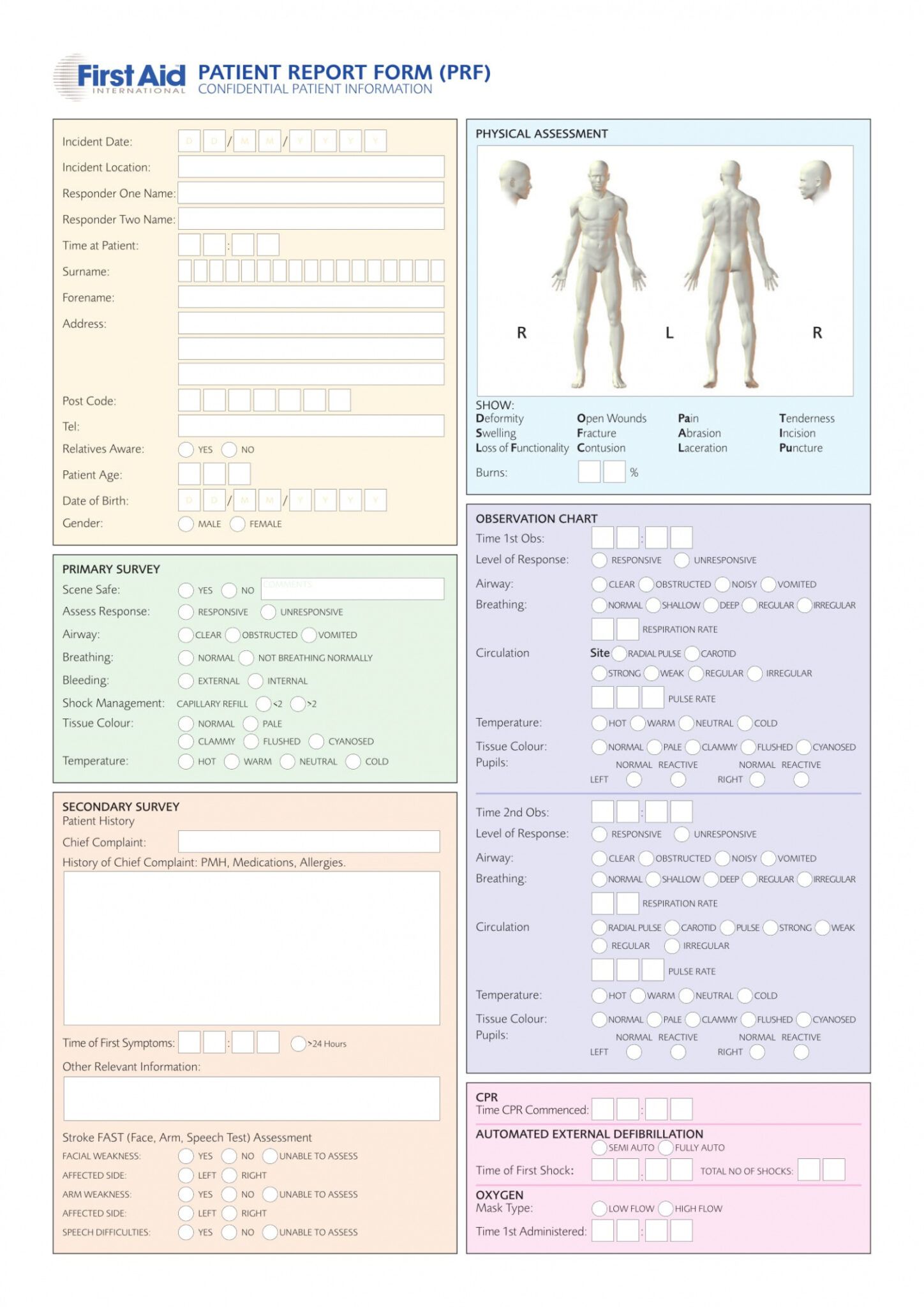
“Partner status” on medical forms generally refers to the individual’s relationship status with another person or persons. Here are the common types of partners acknowledged in healthcare settings:
- Spouse: A legally married partner, which provides specific rights and benefits, like making medical decisions if the patient is incapacitated.
- Domestic Partner: Someone in a committed, long-term relationship similar to marriage but not legally recognized as such in all jurisdictions. This might include same-sex partners before marriage equality laws were widely adopted or heterosexual couples who have chosen not to marry.
- Common-Law Partner: In regions where common-law relationships are legally recognized, this refers to partners who have lived together in a marriage-like relationship for a specific period, often with similar rights as married couples.
- Significant Other: A broader term used when the relationship does not fit into traditional categories like spouse or domestic partner, often including long-term partners without formal commitment.
- Family Member: Sometimes, family members are included under partner status, especially if they serve as a primary caregiver or have legal guardianship.
These categories help healthcare providers to:
- Determine who can provide or receive information about the patient’s health condition.
- Identify individuals who might have legal rights or responsibilities towards the patient.
- Streamline communication and care coordination with the appropriate parties.
💡 Note: The legal recognition of these relationship types can vary significantly depending on local laws and regulations.
The Importance of Accurate Partner Status
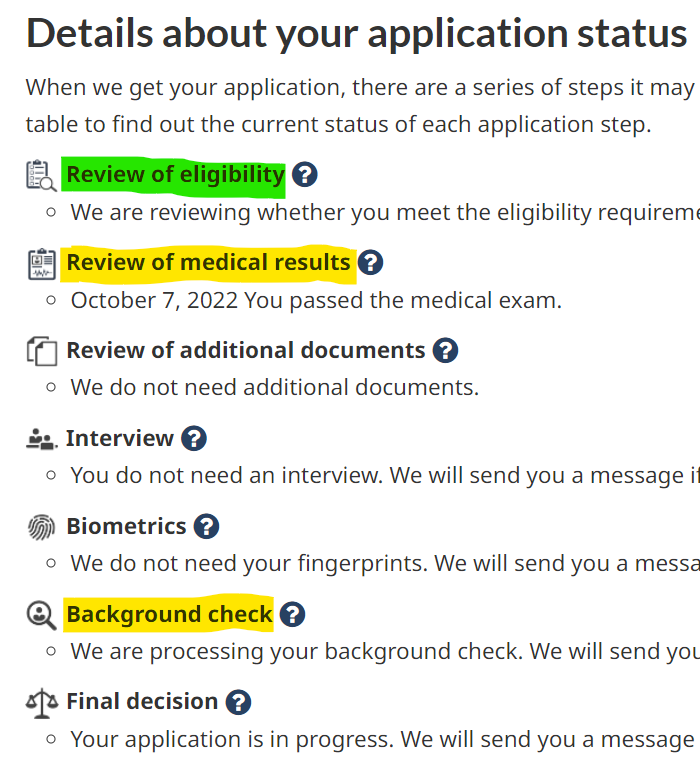
Accurately documenting partner status on medical forms is crucial for several reasons:
- Privacy and Consent: Partners listed on medical forms are often entitled to be informed about the patient’s medical condition. This ensures that privacy laws like HIPAA in the U.S. are respected, where a patient’s health information can only be shared with those they consent to or as legally permitted.
- Decision-Making: In emergencies, when a patient cannot make decisions, designated partners can make critical medical choices. Incorrect information can lead to delays or decisions being made without the patient’s preferred advocate.
- Continuity of Care: Knowing a patient’s partner status helps healthcare providers understand the support system in place, which can influence recovery and care plans.
- Legal and Financial Implications: For treatments, insurance, and end-of-life decisions, knowing the legal relationship between a patient and their partner can directly impact what treatments are available and who can legally consent or access information.
Navigating Partner Status in Different Healthcare Contexts
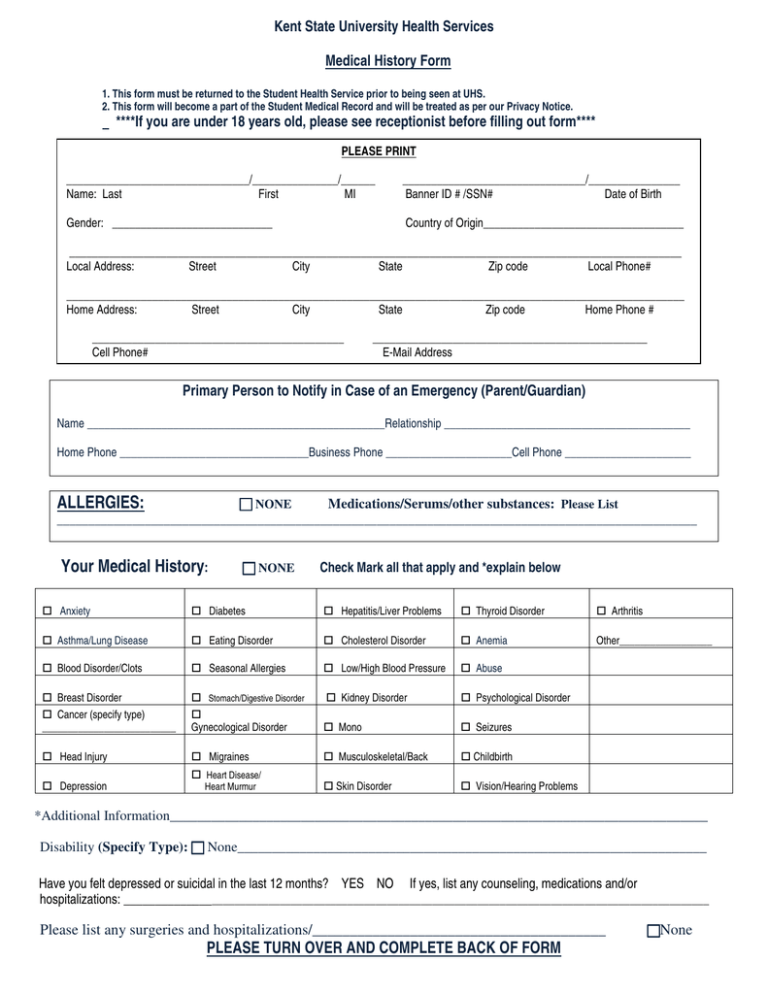
Partner status becomes particularly important in various healthcare contexts:
Hospitals

When a patient is admitted to the hospital:
- The designated partner can be involved in patient care planning and is often the first point of contact for discharge instructions, follow-up care, and emergency decisions.
- Legal documents like healthcare proxies or advance directives might be used to clarify the partner’s role, especially in complex family dynamics or when the patient’s capacity to make decisions is in question.
Primary Care

In primary care settings:
- Partners can provide essential information on the patient’s health history, lifestyle, and support needs, which is invaluable for creating personalized health plans.
- Regular check-ups and preventive care can be scheduled with both partners if deemed beneficial.
Specialty Care
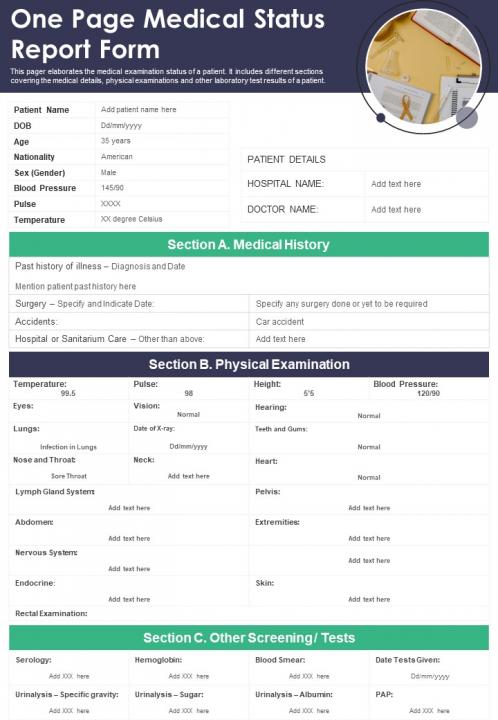
For treatments that require ongoing specialist care:
- The partner’s involvement is critical, especially in managing chronic diseases or conditions where lifestyle and home environment significantly affect treatment efficacy.
- Coordination with the partner can help in adhering to treatment plans and managing side effects or complications.
⚠️ Note: Partners often need to be involved in discussions about managing complex medical conditions or severe treatments, ensuring the patient's care is consistent and supported.
Legal and Ethical Considerations
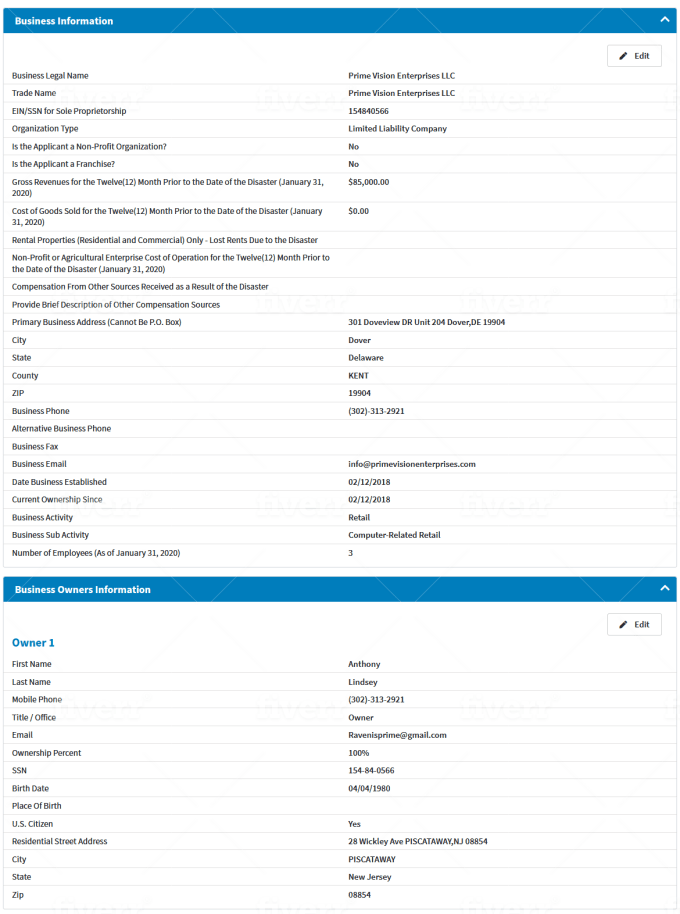
The inclusion of partner status on medical forms isn’t just a formality; it has significant legal and ethical implications:
- Right to Information: There are laws regarding who can access a patient’s health information. Incorrectly identifying a partner can breach these laws or prevent necessary information from being shared appropriately.
- Medical Decision-Making: Partners with legal status, such as a spouse or legally recognized domestic partner, have rights to make or participate in medical decisions for the patient. Ethical considerations here include ensuring informed consent, respect for patient autonomy, and avoiding coercion.
- Advanced Directives: These legal documents specify a patient’s wishes for treatment in scenarios where they cannot express their will. Partners are often mentioned here, and their roles must be clearly defined and legally recognized to avoid confusion during critical moments.
Challenges and Solutions

Despite the importance, there are several challenges associated with partner status in healthcare:
- Legal Variations: Not all jurisdictions recognize or grant the same rights to all partner types, which can complicate care delivery, especially for those in non-traditional relationships.
- Communication and Privacy: Ensuring the patient’s privacy while facilitating necessary communication with partners can be challenging. Healthcare providers need to be vigilant about privacy laws while still providing effective care.
- Updating Information: Patient information must be frequently updated to reflect changes in partner status due to relationship changes or legal issues like divorce or death.
To address these challenges:
- Clear Documentation: Healthcare providers should encourage patients to keep their partner information up to date. Forms should be designed to capture a wide variety of relationship statuses with options for additional comments or legal documentation if necessary.
- Education and Awareness: Both patients and healthcare providers need education on the implications of partner status in healthcare settings. This includes understanding legal rights, privacy, and the importance of clear communication.
- Policies and Procedures: Healthcare facilities should have explicit policies regarding the recognition and rights of different partner statuses, in line with local laws, to ensure fair and consistent treatment.
In summary, partner status on medical forms is not just about relationship recognition; it’s a pivotal aspect of modern healthcare. It ensures privacy, facilitates effective care planning, respects legal rights, and promotes patient autonomy in medical decision-making. Healthcare providers must carefully handle this information, balancing legal requirements with compassionate, personalized care. As societal norms evolve, so too must healthcare practices, ensuring that all patients and their partners receive the dignity, respect, and attention they deserve in medical settings.
What should I do if my relationship status changes?
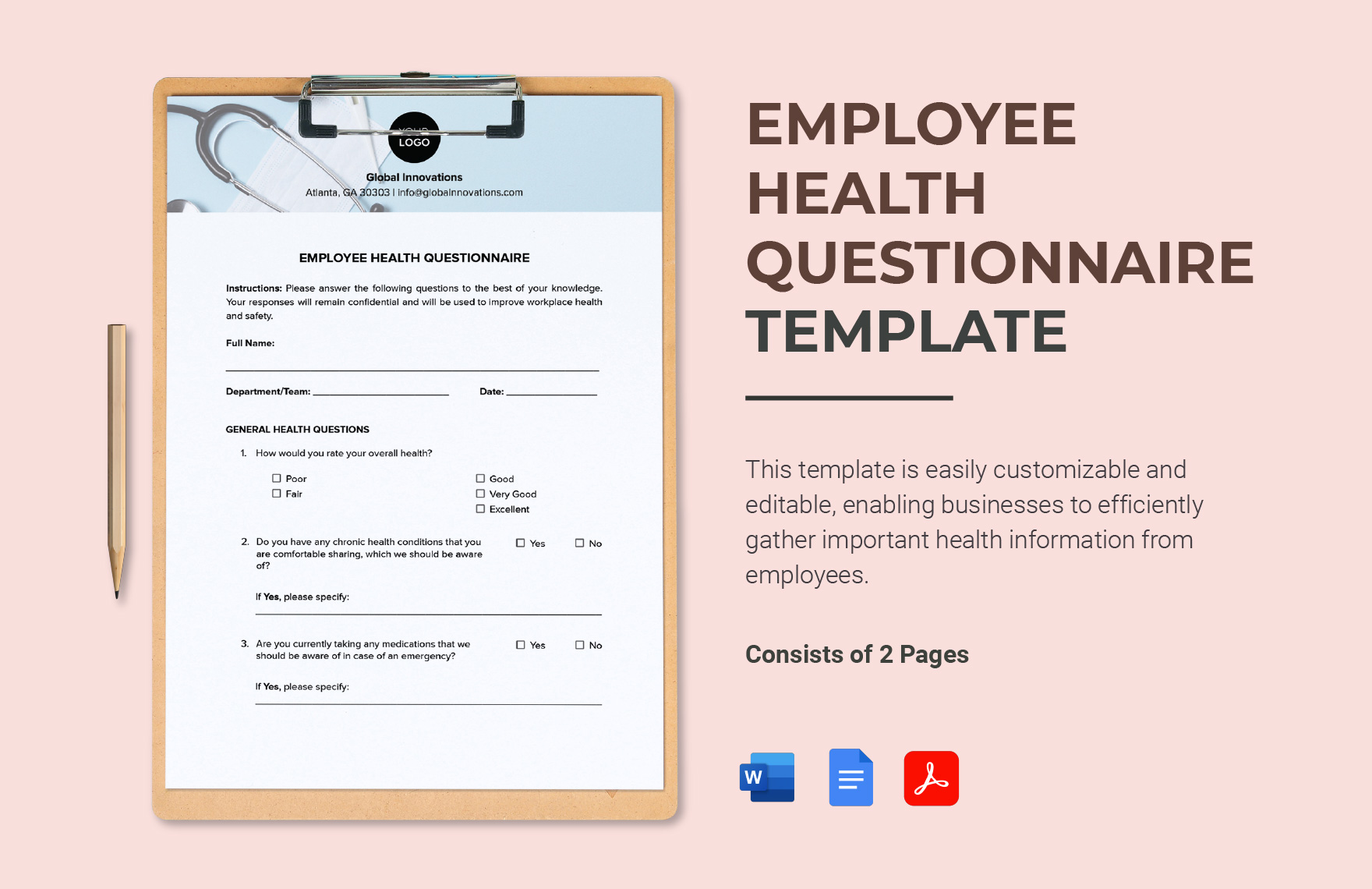
+
If your relationship status changes, inform your healthcare provider as soon as possible to update your medical records. This might include providing legal documentation or simply updating your personal information.
Can my non-legal partner be involved in my healthcare decisions?
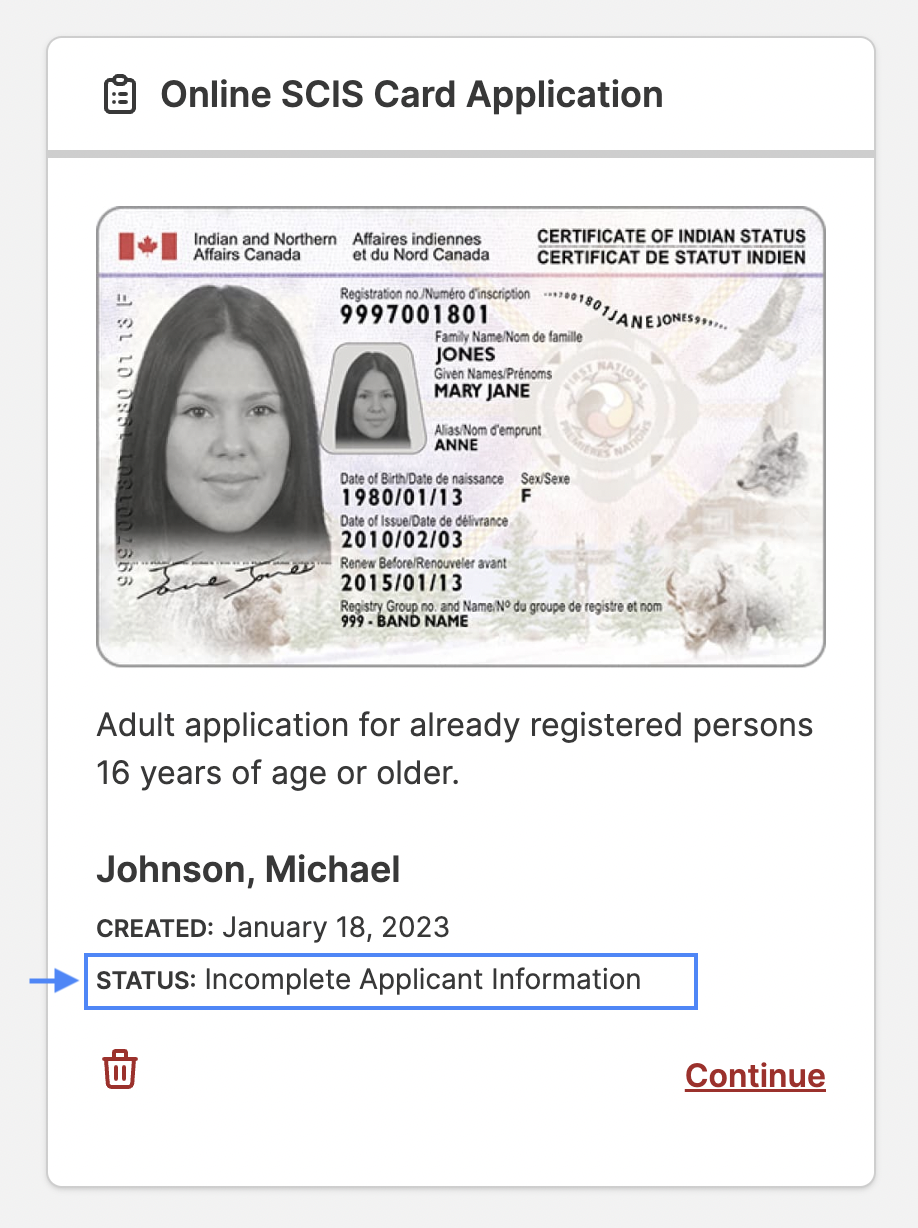
+
While legally recognized partners have defined rights, non-legal partners can still be involved if the patient has granted them such rights through documentation like a healthcare proxy or by explicitly giving them permission during intake.
How does partner status affect privacy?

+
Partner status helps healthcare providers know who can legally and ethically receive information about the patient’s health condition, thereby safeguarding privacy while ensuring necessary communication.
Can healthcare providers refuse to acknowledge my partner’s status?

+
Healthcare providers must follow legal guidelines regarding partner status. However, if they refuse to acknowledge a partner due to misunderstandings or legal complexities, it might be necessary to seek clarification or get legal advice.
Why is it important to update partner status?

+
Updating your partner status ensures that healthcare providers have the most current information for decision-making, privacy protection, and coordinating care effectively.